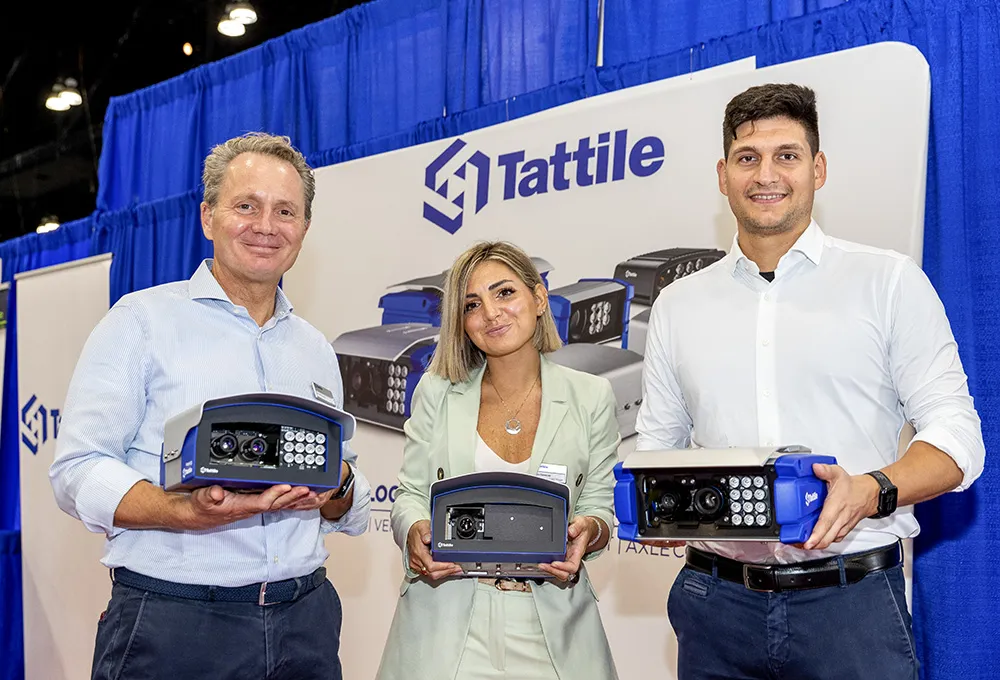Image Sensing Systems, US-based supplier of software-based detection solutions for ITS, law enforcement, security and parking, introduces its CitySync Automated License Plate Recognition (LPR) solution, the latest in LPR technology and software. The CitySync ALPR is a complete system and includes the company’s LPR cameras, highly accurate recognition software and their Jet-BOF back-office system, a fully functional, web-based back-office that provides storage, matching and reporting of LPR data. The system
September 20, 2012
Read time: 2 mins
The CitySync ALPR is a complete system and includes the company’s LPR cameras, highly accurate recognition software and their Jet-BOF back-office system, a fully functional, web-based back-office that provides storage, matching and reporting of LPR data. The system is capable of receiving, processing and storing more than six million reads and plate images per day. The Jet-BOF analytical toolset includes data-rich reports and analysis tools.
The solution also includes the company’s Jet-Alurda high-definition (HD) camera, an intelligent LPR camera with integrated processor, allowing the images to be processed at the point of capture. According to Image Sensing Systems the system is fast enough to process at full-frame rate as each vehicle passes the camera at high speed, resulting in the most accurate intelligent LPR camera on the market.
“With shrinking budgets and reduced personnel, law enforcement agencies are turning to technology to become more efficient and help tackle crime,” said Kris Tufto, interim CEO for Image Sensing Systems. “We are pleased to offer an end-to-end solution that automates crime detection and helps law enforcement agencies run efficiently.”









